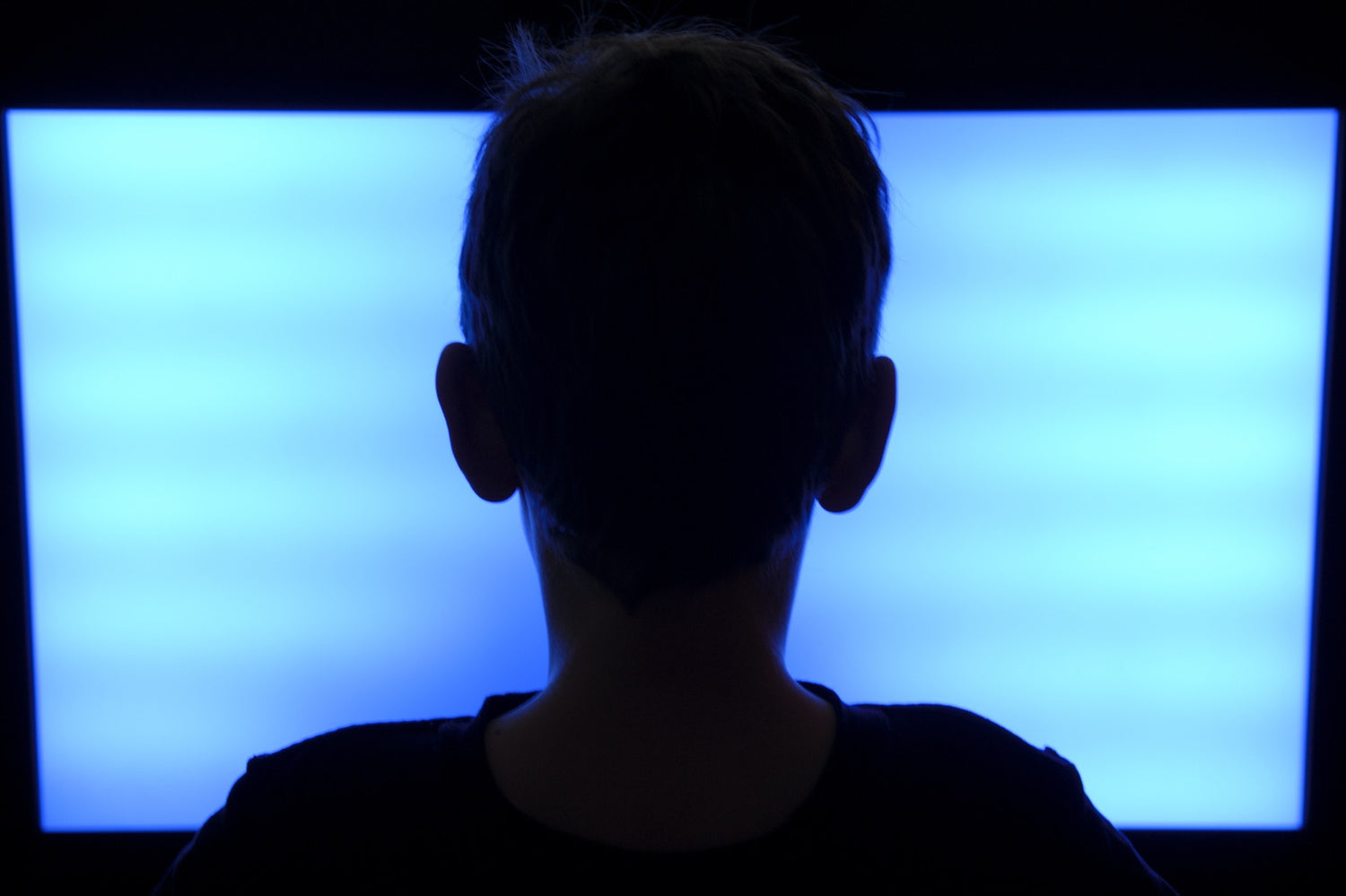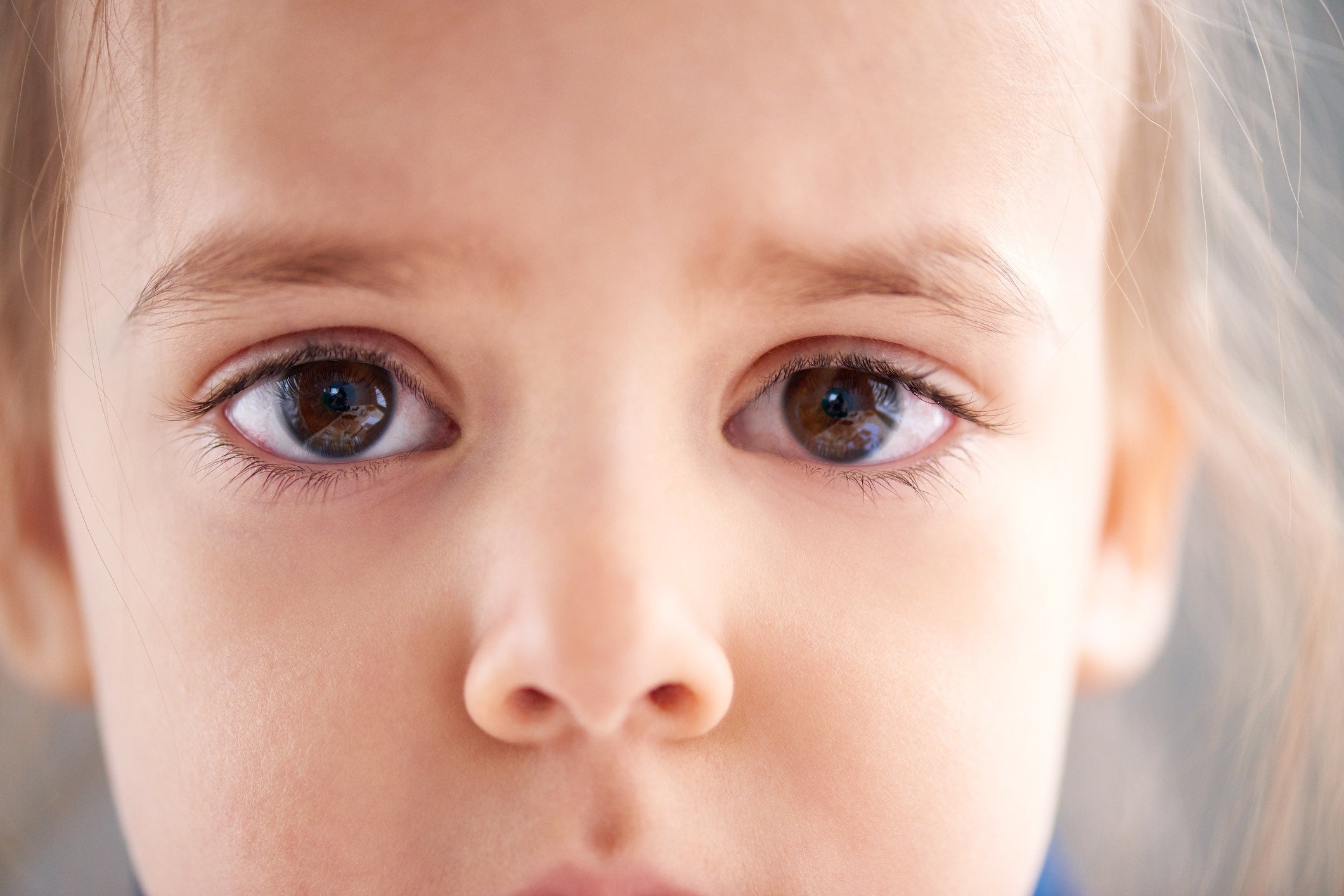Let’s be honest.
Media can be a lifesaver for parents. Sick kid? Thank the lord for Netflix. Bickering children driving up your blood pressure? Time for some learning games on the iPad!
Heck, our family even uses a Star Wars app to get our young kids to brush their teeth for a full two minutes (it’s actually pretty darn awesome).
There’s no shortage of information, both negative and positive, on various forms of media and its impact on our children’s brains and behavior. As with anything in the parenting world, we are entrusted the great responsibility of weighing our knowledge against what we believe is in our child’s best interest.
Several areas of research on media, including violent media exposure and length of screen time, have recently yielded some pretty astounding results. A vast amount of research conducted at the University of Iowa has uncovered some incredible long term effects regarding of the amount and content of media to which our children are exposed. The question is, how much longer are we willing to turn a blind eye to it?
Exposure to violent media actually changes our physiology
Parents are often surprised to hear that exposure to violent media, such as TV and video games, affects their child’s physiology, or basic vital functions of the body. Examples of physiological variables impacted by violent media include increased production of adrenaline, heart rate, and the stress hormone cortisol. Overall, these effects can be conceptualized as an increase our arousal level.
At its worst, excessive ‘gaming’ actually changes the wiring in our brains, opening up the possibility of addiction and pathology. I was shocked to find out the most recent edition of the DSM (diagnostic and statistical manual of mental disorders) included ‘Internet Gaming Disorder’ in its index. Given the current direction of research on media, it’s probable this will be an officially classified diagnosis in the next edition. Yikes.
A two year longitudinal study looking at video game and internet use found that youths who became pathological gamers (these kids played an average of 20.5 hours of video games a week) ended up with increased levels of depression, anxiety, and social phobia, which lasted years into the future.
Exposure to violent media changes the way we think and see the world
How can this be possible you ask? In addition to the physical symptoms that occur, exposure to violent media was found to actually change a child’s thinking, or cognition.
Three thousand eighth and ninth graders were followed for three years, and those engaging in more violent media were found to have a markedly increased ‘hostile attribution bias,’ which is a cognitive and perceptual bias that attributes hostility to the actions of others.
This basically means that if your child is bumped in the school hallway, instead of chalking it up as an accident and moving on, they will assume the other party acted with hostility and negative intent due to a developed pattern of negative thinking.
Perhaps you’re questioning whether or not the findings were due to an individual’s innate tendency toward aggression in the first place? They accounted for that, and found that previously non-aggressive kids showed an increase in aggressive behaviors by a factor of 10 times when exposed to violent games and programs.
Exposure to violent media increases the odds of future aggression
Over 100 studies conducted at the University of Iowa now tell us that kids exposed to more violent media have a higher instance of physical aggression towards others, as well as hostility towards others (which makes sense in light of the ‘hostile attribution bias’). These kids were also found to get in more arguments with teachers and have increased antisocial behavior in general.
Several studies (and common sense) also demonstrated that violence in real life seemed more reasonable when rewarded for it during gameplay. It also means that when your child gets pushed in the hall, not only will he assume the worst, but he will also be more inclined to believe it’s okay to hit back, and then more likely to actually do it.
Kids who engaged in more violent video-game play had an increased tendency towards aggressive fantasies or thinking about engaging in violence towards others. But here’s the kicker: these unsettling effects were still present two years later, even if violent gaming had decreased, again, proving the point that experiencing violence in media actually changes the wiring in our brains.
More screen time correlates to lower academic performance and higher ADHD symptomatology
It’s not shocking to hear that longer screen time usage positively correlates with lower academic performance as this is not a new finding and has been echoed throughout previous research. However, this research also indicated that college students who engaged in larger amounts of screen time had a 104 percent increase in attention deficit symptoms. Yeah.
Many studies have shown the correlation between screen time and attention problems, but it was recently discovered that, again, these effects can last for years into the future. They also apply across age groups in kids who exceeded the AAP-recommended amount of two hours a day for screen time exposure.
The good news
It is no longer possible to argue against the powerful effect of media across ages and cultures on both our brains and our bodies. Luckily, this same research tells us there are several variables parents can control to improve their child’s physical and cognitive health.
Kids whose parents set limits on screen time, content, and also engage in active mediation (discussing the content) slept better, got better grades, rated as more prosocial, and were less aggressive in the classroom.
It was also found across several longitudinal studies that kids who play more prosocial games engaged in more prosocial and positive behaviors in real life, such as helpfulness and cooperation. Educational games were found to be considerably better for academic achievement verses non educational games.
There are many fantastic resources out there to help parents navigate awesome games for character development, tv/game ratings, screen-time guidelines, and how to navigate important discussions about media with your child. Taking advantage of these resources is the first big step we can take to keep our kids safe from the aforementioned negative impacts of media in today’s culture.
Crawl out from under your bed. It will be okay. Now is a great time to dive further into the research and figure out your own thoughts and approach in regards to your child’s exposure to media. Setting limits on time, restrictions around content, and engaging in active mediation are just a few effective ways to mitigate negative impacts.
So while media continues to show parents it’s powerful effects on our children, we can continue to show it ours.



